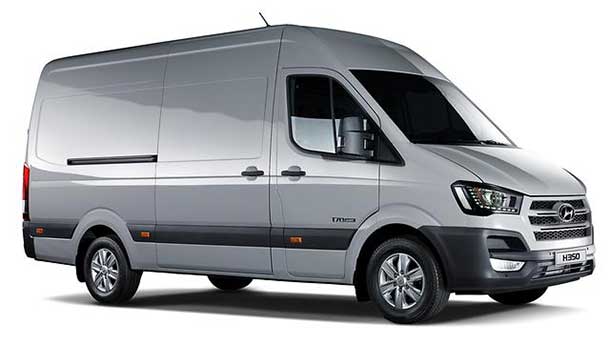
A world leader in the development of hydrogen fuel cell technology, Hyundai Motor has unveiled its zero-emissions H350 Fuel Cell Concept that can change the way we drive and contribute to environmental preservation. It brings to the fore driving with a green mindset and aims to address and resolve the challenges in hydrogen fuel cell production. The H2 concept vehicle was unveiled at the 2016 IAA Commercial Vehicle Show in Hannover, Germany.
The advanced hydrogen fuel cell technology brings a lot of benefits in the light commercial vehicle (LCV) applications. Hyundai’s pioneering fuel cell powertrain also showcases its potential for commercial application. With Hyundai’s first mass production facility for Fuel Cell vehicles (opened in 2013), it won’t be long before we see all types of Hyundai hydrogen fuel cell vehicles plying down the road by the hundreds, if not thousands.
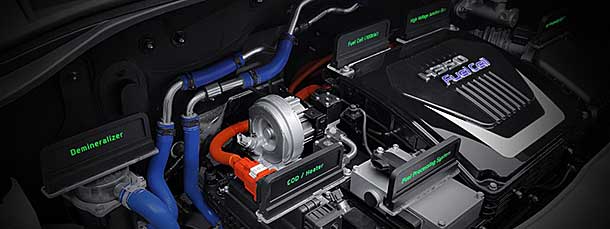
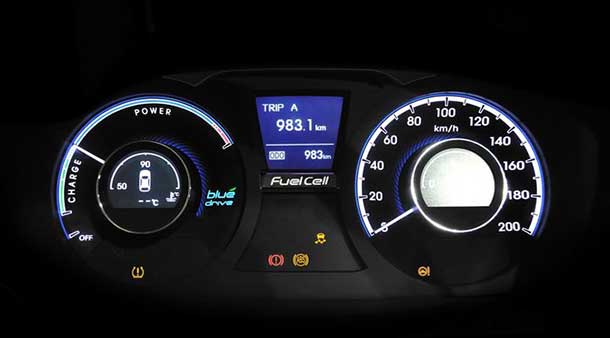
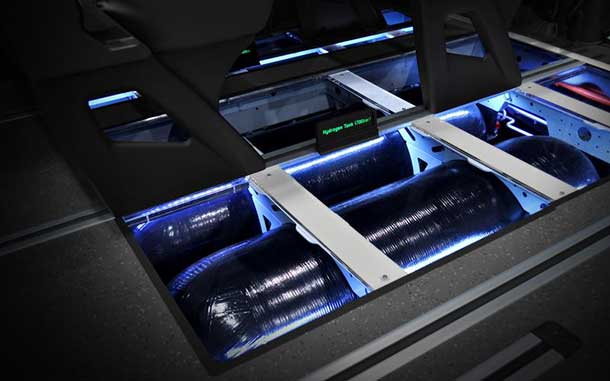
Experience the Hyundai H350 Fuel Cell Concept Difference
- It only requires less than 4 minutes for the 175-liter hydrogen tank to be filled, similar to the amount of time that a gasoline or diesel tank to refill, but quicker than the number of hours to charge an electric vehicle.
- It has a total range of 262 miles without the hazardous combustion. Instead of smog and pollution-causing smoke, H350 Fuel Cell Concept only emits water (and heat).
- It is compact enough to fit in a 10.5 m3 or 12.9 m3 space without making an impact on the H350’s load area. With load playing a role in fuel efficiency, little to no weight bearing can make a huge difference. There is room for 14 seats in this vehicle.
- Its Fuel Cell driveline is designed to achieve an almost silent operation.
What really makes the H350 Fuel Cell Concept stand out is the powertrain’s capability of producing up to 100 Kw (136 ps) and 30.6kg.m that yields a speed of up to 93 mph. This kind of performance can rival LCVs powered by an internal combustion engine, but with better efficiency and an emissions-free driving.
The engine’s almost silent operation also helps reduce noise pollution, enabling the vehicle to travel in urban areas at night without disrupting people’s sleep.
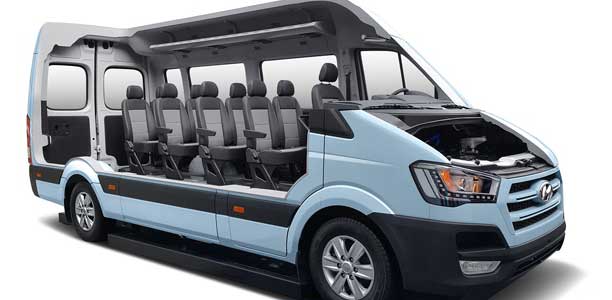
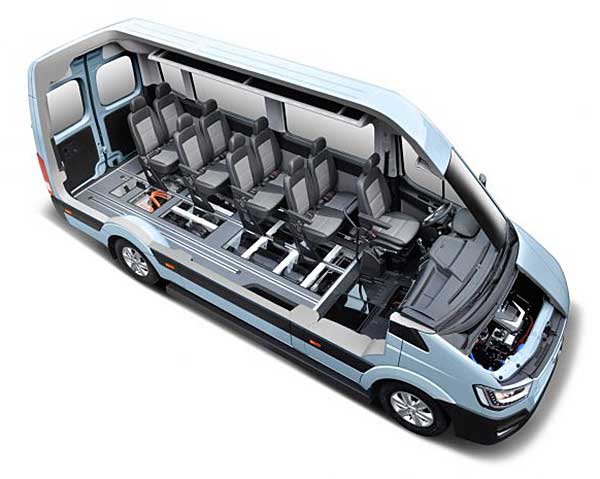
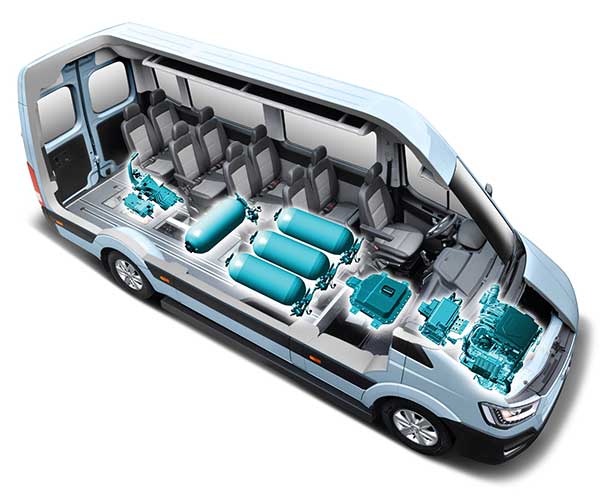
This is made possible by the powertrain’s design that consists of an electric motor, fuel cell stack, hydrogen tank, high-voltage battery pack, and inverter. A driver can store 7.05kg of compressed hydrogen inside the 700-bar high-pressure hydrogen tanks set between two axles under the vehicle’s floor. The compressed hydrogen (plus oxygen from the air) is broken down into electrons and protons in the fuel cell stack to produce electricity. The electricity is then stored in a compact 24 kW lithium-polymer battery pack and then converted into alternating current that will power the 100 kW electric motor.
The Hyundai H350 Fuel Cell Concept paves the way for sustainable LCVs, satisfying the need for environment-conscious driving.
Besides the H350 Fuel Cell Concept (not yet available to the public), anyone who wants to do their share only need to order from Hyundai’s dealer network the Hyundai Tucson ix35 Fuel Cell, the first fuel cell vehicle in the world that is mass produced and made commercially available. There 50 units of this environment-friendly vehicle are already on the roads of Munich, Germany plus many more in California as well.
References
http://newatlas.com/hyundai-h350-fuel-cell-concept/45560/
http://www.hybridcars.com/hyundai-debuts-h350-hydrogen-fuel-cell-commercial-van-concept/
http://insideevs.com/hyundai-introduces-h350-fuel-cell-concept/
http://thekoreancarblog.com/2016/09/26/hyundai-h350-fuel-cell-concept-unveiled/